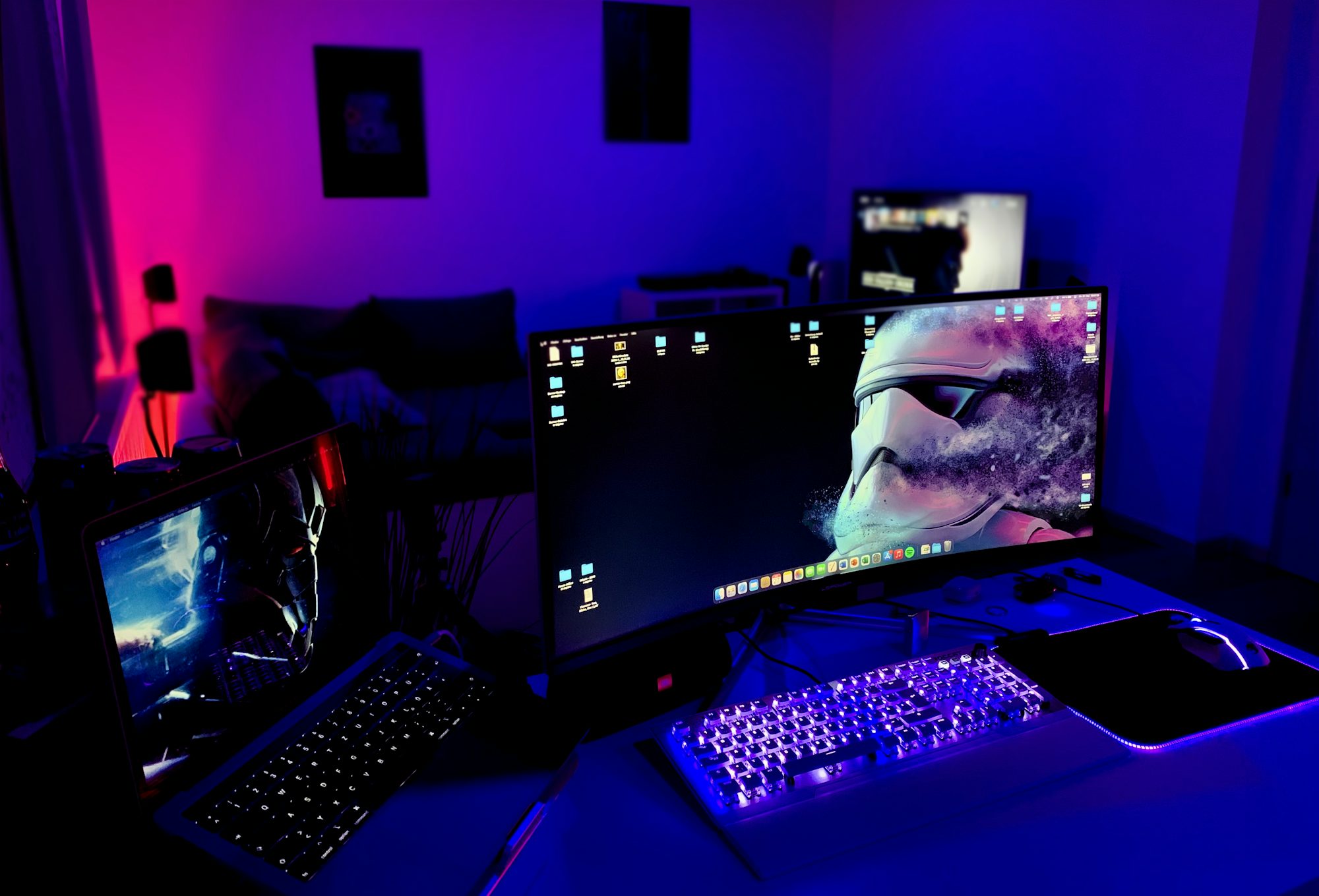The Art of Game Design: Crafting Immersive Experiences
Explore the intricate world of game design, its essential components, and the creative processes that lead to the development of engaging video games.
Understanding Game Design
At its core, game design is about creating systems and experiences that engage players. This involves a deep understanding of game mechanics, storytelling, player psychology, and user interface design. Game designers must balance these elements to craft a product that not only entertains but also captivates and challenges the player.
The Key Components of Game Design
1. Game Mechanics: These are the rules and systems that govern gameplay. Mechanics dictate how players interact with the game world and what actions they can take. They can range from simple actions like jumping and shooting to complex systems involving strategy and resource management. Effective mechanics encourage player engagement and create a sense of challenge and achievement.
2. Storytelling: A compelling narrative can elevate a game from a mere collection of mechanics to an engaging experience. Whether it's a rich backstory, character development, or environmental storytelling, the narrative helps players connect with the game on an emotional level. Designers often use dialogue, cutscenes, and world-building to immerse players in the story.
3. Aesthetics: The visual and auditory elements of a game play a significant role in shaping player experiences. Art style, graphics, sound design, and music all contribute to the game's atmosphere and can enhance immersion. Designers must consider how these elements align with the game's theme and narrative.
4. User Interface (UI): A well-designed user interface is essential for guiding players through the game. UI encompasses menus, HUDs (heads-up displays), and other interactive elements that help players understand their goals and navigate the game world. A clear and intuitive UI allows players to focus on gameplay rather than struggling with controls.
5. Player Experience: Ultimately, game design revolves around the player. Understanding player motivations, preferences, and behaviors is crucial. Designers conduct research and playtesting to gather feedback, ensuring the game resonates with its target audience and provides a satisfying experience.
The Game Design Process
The game design process is iterative and often involves several stages:
1. Concept Development: This initial stage involves brainstorming ideas and concepts for the game. Designers often create a game design document (GDD) that outlines the core concept, mechanics, story, and aesthetics. This document serves as a blueprint for the development team.
2. Prototyping: Once the concept is established, designers create prototypes to test mechanics and gameplay. Prototyping allows designers to experiment with ideas, identify potential issues, and refine gameplay elements before moving to full-scale development.
3. Production: This phase involves the actual development of the game. Designers collaborate with artists, programmers, and sound designers to bring the game to life. Regular playtesting occurs during this stage to gather feedback and make necessary adjustments.
4. Polishing: In the polishing phase, designers focus on refining gameplay, fixing bugs, and enhancing graphics and sound. This stage is crucial for ensuring a smooth and enjoyable player experience. Attention to detail can make a significant difference in the final product.
5. Launch and Post-Launch: After extensive testing and refinement, the game is launched to the public. However, the work doesn't end there. Designers often continue to gather player feedback and provide updates or downloadable content (DLC) to keep the community engaged and address any ongoing issues.
The Role of Collaboration
Game design is inherently collaborative, involving input from various disciplines. Designers must work closely with artists, programmers, writers, and sound engineers to create a cohesive product. This teamwork fosters creativity and allows for diverse perspectives, ultimately leading to a richer game experience.
Regular communication and collaboration ensure that all team members are aligned with the game's vision and objectives. Agile development methodologies, which emphasize iterative progress and flexibility, are often employed to enhance collaboration and adapt to changes throughout the development process.
The Impact of Technology on Game Design
Advancements in technology have significantly influenced game design. As hardware capabilities have improved, designers have been able to create more complex and visually stunning games. Real-time rendering, advanced physics engines, and artificial intelligence have opened up new possibilities for gameplay and storytelling.
Moreover, the rise of virtual reality (VR) and augmented reality (AR) has introduced unique challenges and opportunities for designers. Creating immersive experiences in these environments requires a deep understanding of spatial awareness, interaction design, and player comfort. The potential for VR and AR to redefine gaming experiences is vast, and designers are continually exploring how to leverage these technologies.
The Future of Game Design
As the gaming industry continues to evolve, so too does the field of game design. Trends such as cloud gaming, cross-platform play, and user-generated content are shaping the future of how games are created and played. Designers are increasingly focusing on accessibility, ensuring that games can be enjoyed by a diverse audience, regardless of ability or experience level.
Additionally, the growing emphasis on social and community aspects in gaming is influencing design decisions. Many games now incorporate multiplayer elements, fostering social interaction and collaboration among players. This trend highlights the importance of creating games that not only entertain but also bring people together.
Conclusion
The art of game design is a dynamic and multifaceted field that requires a blend of creativity, technical skill, and a deep understanding of player experience. From concept development to post-launch support, every stage of the design process plays a vital role in creating engaging and immersive games. As technology continues to advance and the gaming landscape evolves, designers will face new challenges and opportunities, ensuring that the world of game design remains an exciting and ever-changing frontier. By embracing innovation and collaboration, game designers will continue to captivate players and push the boundaries of interactive entertainment.